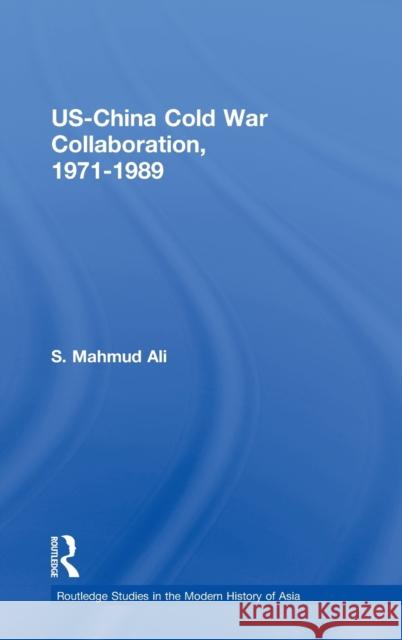Us-China Cold War Collaboration: 1971-1989 » książka
Us-China Cold War Collaboration: 1971-1989
ISBN-13: 9780415358194 / Angielski / Twarda / 2005 / 296 str.
Us-China Cold War Collaboration: 1971-1989
ISBN-13: 9780415358194 / Angielski / Twarda / 2005 / 296 str.
(netto: 670,84 VAT: 5%)
Najniższa cena z 30 dni: 654,86
ok. 22 dni roboczych
Dostawa w 2026 r.
Darmowa dostawa!
Following the collapse of the USSR, the future shape of Europe and the US role in it became the subject of considerable speculation. Almost simultaneously, China emerged variously as a pariah state, a likely peer-rival to the sole superpower, the USA, and a potential disrupter of international stability and almost instantaneously, Beijing replaced Moscow as the key source of Western insecurity. In this book, Mahmud Ali questions the logic behind this perception, reflected in both popular and academic literature, and highlights an often unacknowledged and largely unknown aspect of the Cold War - that a covert and intimate collaboration between the US ad the PRC took place in the closing decades of the war.
In the first part of "US-China Cold War Collaboration" Ali underscores the dominant themes in post-1990 analyses of reasons behind the demise of the Soviet Union and the end of the Cold War in relation to the increased US commentary about the potential threats perceived in an emerging China. In part 2 the author makes extensive use of US, Chinese and Soviet documentation and explores the true nature of the US-PRC relationship with a view to demonstrating the impact of that relationship on the Soviet Union. The final part of the book focuses on one of the most prominent geographical theatres if US-PRC covert collaboration - Soviet occupied Afghanistan - and highlights the extent and depth of secret collusion between the two intelligence services.











